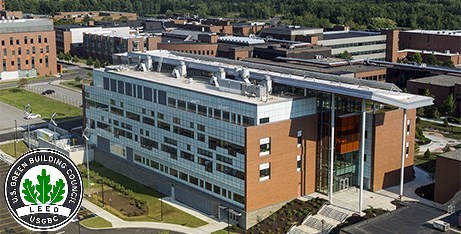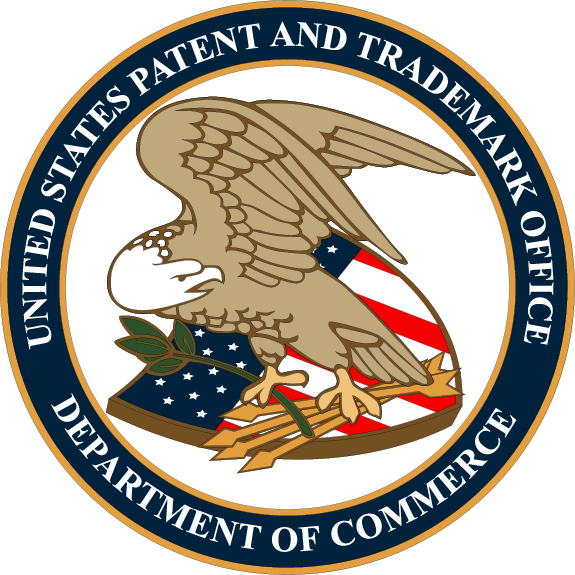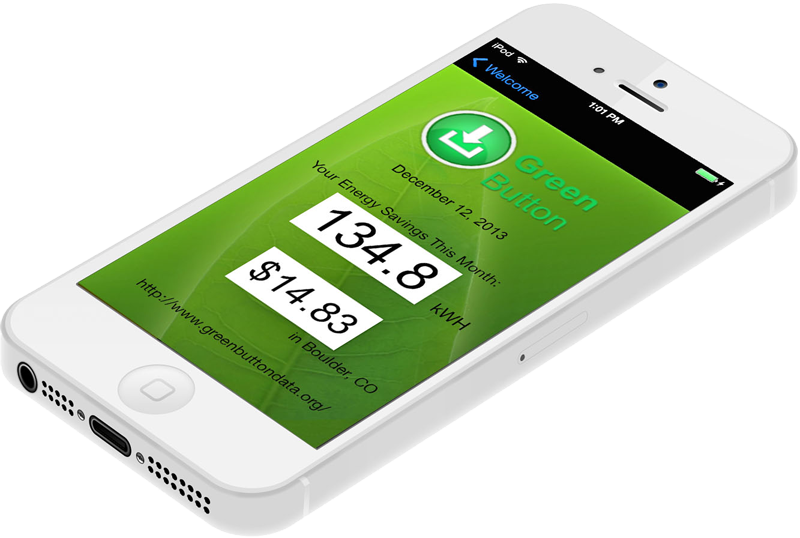Green Technology Developments - Heated Windows

Windows let 30% of heat or air-conditioned air out of a building on average. This product, heated windows is a Green Technology product times two. This is because the efficiency of radiant plus the almost complete prevention of temperature loss from inside to out.
Two University Studies have conclusively demonstrated that the heat from the windows does not radiate to the outside of the building.
Several hundred of the windows were installed in a Platinum rated LEEDs building, the Golisano Library in Rochester New York.
For this project, our client asked us to developed windows of various sizes with the ability to heat up to 140 degrees when power is applied to them. We developed a controller to regulate the window temperature and smartphone applications for both Android and Apple to give the user configuration control and access to diagnostic information (such as error or fault conditions) through these applications.
Product Features
The controller supplies 110VAC that is present in residential and commercial buildings to the radiant heating elements of the window. Each controller provides control for up to 3 heated windows in a set. The user has the ability to individually configure each of these windows to a specified temperature through the custom Smart Phone application.

Built into the system are several safety features including automatic shutoff of power to each window in the event of breakage or any other fault or error condition. If one of these events occurs the embedded controller automatically shuts off power to each window and provides an error message representing the fault condition via either a visual indication at the controller or through the custom Smart Phone application.
The controller is designed to fit into a standard construction box which can be easily and discretely mounted out of sight such as in a wall between studs, a breaker room or within the hanging ceiling of a commercial building.
Regulatory Certification
The Heated Window system has been certified compliant to the UL 962 standard. This certification required careful analysis of all system components to ensure that the product meets specific standards including safety, radio frequency interference (EMI/RFI), and electrostatic discharge (ESD).

Patents are Pending
Several patentable technologies came out of the development. Advantage assisted with technical descriptions and filing of provisional patents with the expert help of our patent agent.
Green Engineering, What Is It?
“Green engineering is the design, commercialization, and use of processes and products, which have economic feasibility while minimizing; 1) Generation of pollution at the source and; 2) risk to human health and the environment.” … is the definition given by the Environmental Protection Agency.
Technology, and in particular, engineering in the realm of electronic product development can be used to contain a major portion of environmental impact by the way in which systems and products are designed and manufactured, used and then retired. A multitude of case studies indicates huge potential for ‘green engineering’ through better product, process and systems engineering.
The complete lifecycle of products, Design-Manufacture-Maintain-Retire, impacts the environment and users. So, better engineered products can lessen the impact through consumption of fewer resources in designed and more resource-efficiency in manufacturing, supply chain, customer experience, maintenance and retirement. Advantage can help your company execute products that are better, smarter, simpler, safer as well as lighter and more energy-efficient. Consideration of these important issues is no longer an option in electronics.
The Carrot & the Stick
The Carrot
There are now thoroughly massive markets for products of all kinds and aggressive efforts by major companies to go Green as rapidly as possible. For example, shortly after the Environmental Protection Agency’s release of its annual “Green Power Partnership” list, a coalition of industry-leading companies announced that they have hit their target for renewable energy purchases a year ahead of schedule.
Founded by the World Resources Institute in 2000, the Green Power Market Development Group set a ten-year target for purchasing 1,000 megawatts of cost-competitive renewable energy, which is enough energy to eliminate the need for one carbon-intensive coal-fired power plant. But, the group has announced that it has hit the goal a year early.
The Green Power Market Development group coalition is comprised of 15 companies, four of which have made the EPA’s Green Power Top 50 list, DuPont, Johnson & Johnson, Staples and Starbucks, as well as other industry giants, Alcoa, Dow Chemical, Federal Express, General Motors, Georgia-Pacific, Google, IBM, Interface, Michelin, Natureworks & Pitney Bowes.
World Resources Institute president, Jonathan Lash, said. “Around the country, the legacy of passive energy consumption is being replaced with smarter, proactive energy management. Energy, environment, and financial managers are focusing on cost and performance, and at the same time, they’re harnessing nature’s power.”
Deploying and Financing On-Site Renewable Energy, which explores strategies for companies that are looking to invest in green power and implement renewable energy systems at their own facilities is the topic of WRI’s report “Harnessing Nature’s Power” which investigates innovations in green power financing and features stories from companies that have made these projects work.
As usually does happen with time, the “socially conscious” choices have now tipped the balance and become the defacto. Products in every industry will need green engineering and green innovation as the necessary next step. And, finally the markets exist for them in abundance.
The Stick
The Climate Control Bill introduced by Representatives Edward Markey (D-Mass.) & Henry Waxman (D-Calif.) in May introduced the most recent version of the American Clean Energy & Security Act. The bill aims to reduce greenhouse gas emissions by 17% below 2005 levels by the year 2020. It would distribute up to 85 percent of pollution permits in a proposed cap-and-trade program.
Permit allocation breaks down like this:
- 35% for the electric utility sector, 5% of which goes to privately owned coal companies.
- 15% for carbon-intensive industries, such as steel in 2014 and reduced by 2% each year.
- 15% of the carbon permits are to be auctioned off and the proceeds will go to low & moderate-income families.
- 10% to states for renewable energy & efficiency investment in years 2012 to 2015 which is reduced to 5% between 2016 & 2022.
- 9% for local natural gas distribution companies, which is reduced to 0% between 2026 and 2030.
- 5% to tropical deforestation projects.
- 3% for automakers to be used for advanced technologies through 2017 and reduced to 1% between 2018 and 2025.
- 2% each for domestic & international adaptation to climate change between 2012 and 2021, which increases to 4% between 2022 and 2026 and 8% in 2027.
- 2% each for carbon capture & storage technology from 2014 to 2017, which increases to 5% after 2018, as well as for oil refineries from 2014 to 2026.
- 1.5% to programs helping home heating oil and propane users, which reduces to 0% between 2026 and 2030.
- 1% to Clean Energy Innovation Centers for R&D funding.
- 0.5% for career training between years 2012 to 2021, which increases to 1% in 2022.
Subcommittee Chairman Edward Markey (D-Mass.) said. “This bill marks the dawn of the clean energy age, this is a once-in-a-generation opportunity to revive our economy and create millions of good-paying clean energy jobs.”
There is a renewable energy & energy efficiency standard of 20%t by 2020 but, if a state cannot meet the requirement, the governor is allowed to reduce the renewable target to 12% and many environmental groups have expressed concern over such shortcomings.
Greenpeace USA’s Executive Director Phil Radford stated. “Despite the best efforts of Chairman Waxman, this bill has been seriously undermined by the lobbying of industries more concerned with profits than the plight of our planet. While science clearly tells us that only dramatic action can prevent global warming and its catastrophic impacts, this bill has fallen prey to political infighting and industry pressure.”
Washington representative for Union of Concerned Scientists’ Climate Program Liz Perera commented in a recent statement, “Congressmen Waxman and Markey have done an admirable job satisfying a lot of competing interests, but now, as the bill moves forward, Congress needs to strengthen many of the bill’s provisions to ensure that we dramatically cut emissions, save consumers money, and strengthen our economy with a well-designed climate and energy policy.”
Advantage has been helping customers across many industries to enjoy the carrot and manage the stick by developing and enhancing products and systems to achieve ‘green’ results. We would like the opportunity to help your company do the same by a utilizing variety of product development tools from “what-if” studies and simulation which lead reduced need for physical prototypes to reduction of waste & resources in the building, testing and recycling of your product.

